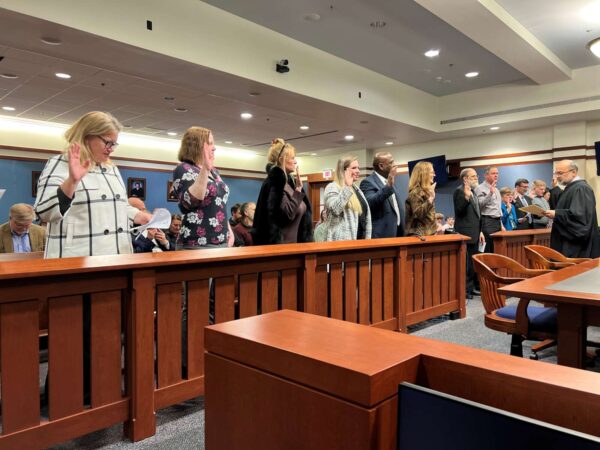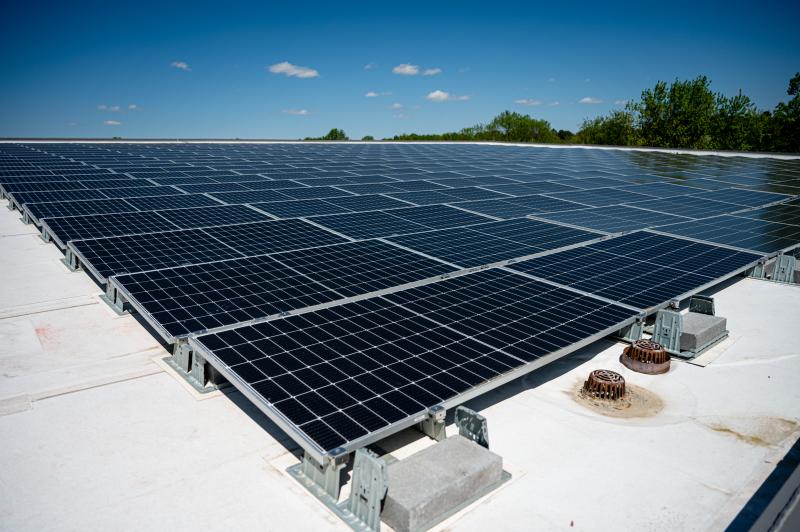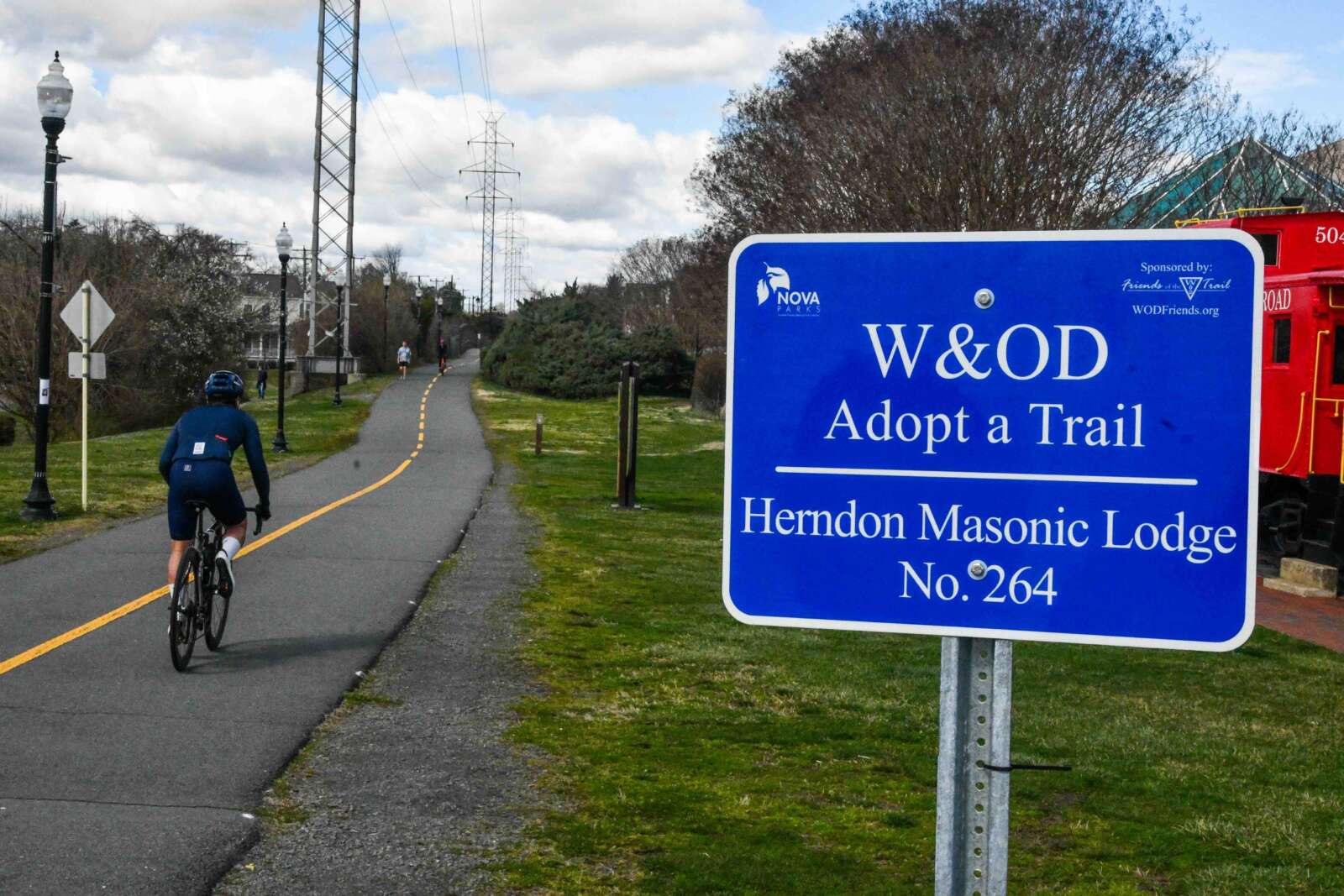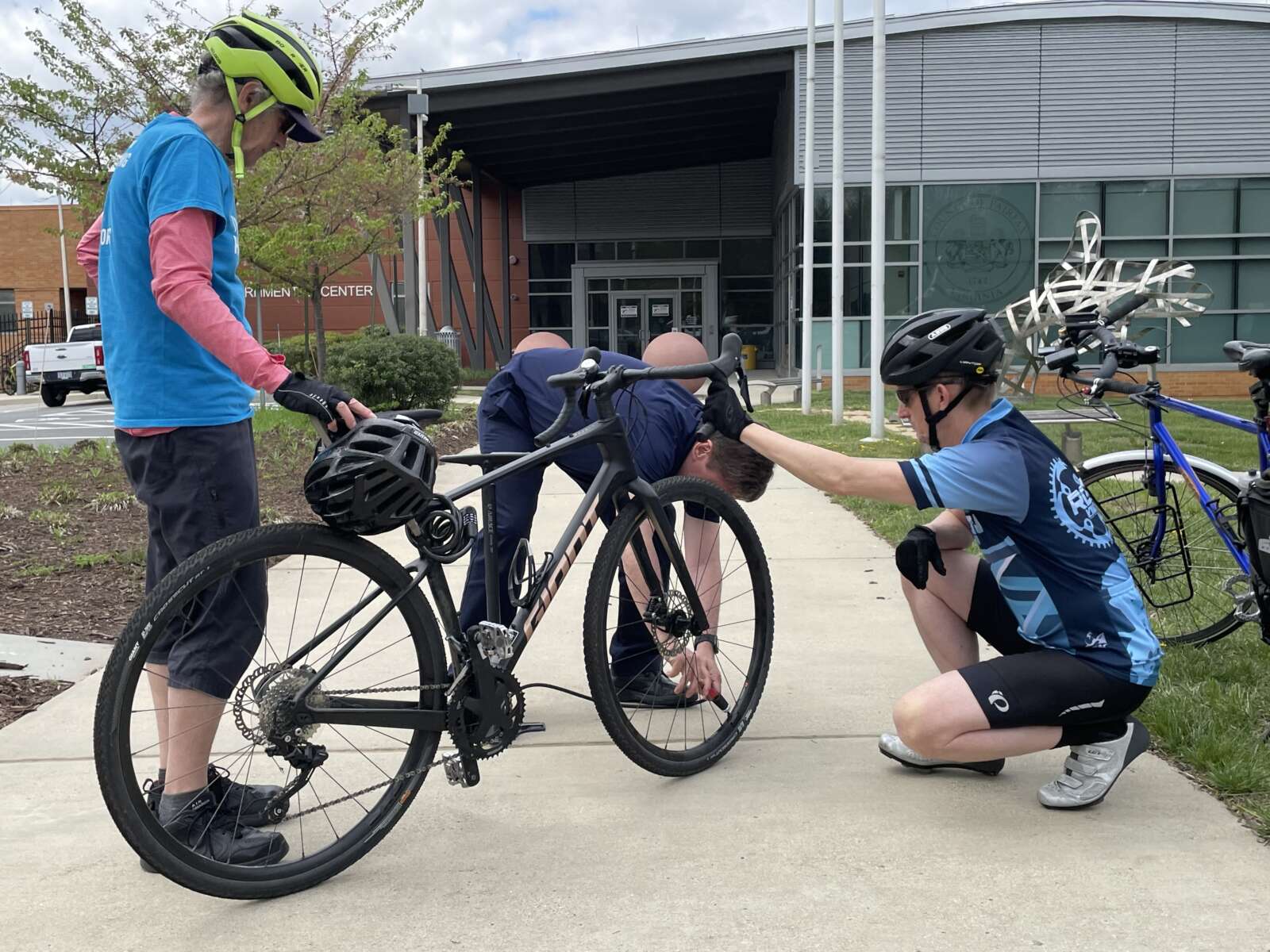
Fairfax County’s child welfare system has seen abuse and neglect cases surge over the past year, taxing the dozens of volunteers charged with advocating for those children in foster care and court.
As of May, over 188 new kids have been placed in foster care or under a protective court order since July 1, 2022 — nearly double the 98 cases added the previous year, according to Fairfax CASA, a nonprofit that trains and supervises volunteer, court-appointed special advocates for children.
With a waitlist of about 50 children, as of last week, the organization says it urgently needs more volunteers, particularly Black, Hispanic and Spanish-speaking individuals.
“It’s such an important program,” Fairfax CASA Executive Director Darcy Hubbard said. “It really does change the outcome for our most vulnerable kids, and we desperately need people right now.”
Fairfax CASA currently has about 140 volunteers assigned to cases referred by the Fairfax County Juvenile & Domestic Relations District Court. They work with attorneys and social workers to help each child get the services they need, increasing their chances of finding a safe, permanent home, according to the nonprofit.
Cases have become more complex
All of the cases are serious, since an advocate doesn’t get involved until after the court has determined a child was abused or neglected. But the issues facing families have grown in complexity this year, limiting most volunteers to one case at a time, Hubbard says.
About 60% of cases now involve domestic violence, compared to the typical rate of 30%, and cases where substance use or mental health issues are factors have also increased. For example, CASA got five cases with babies born with drugs in their bloodstream last year; this year, there have been 32 babies.
According to Hubbard, struggles with depression, anxiety and other mental illnesses have increased for both parents and kids, particularly adolescents, which tracks with Fairfax County and national reports. Alcohol consumption and fentanyl use have also gone up during the pandemic.
“In addition to the trauma and the stuff that’s going on in their families, I think whatever is going on in the world has piled on to all the kids, and for our kids, it hits them extra hard because they don’t have some of the protective factors that other children have,” such as an adult they can rely on or a sense of security at home, Hubbard said.
She emphasized that mental health and substance use issues don’t justify opening a child welfare case, but the county government and court will intervene if those challenges rise to the level of endangering the kid’s wellbeing.
“Usually, the [Department of Family Services] is well-aware of the family and has been trying to work with them and help them for a long time,” she said.
Many issues “stem from poverty,” Hubbard says
DFS, which includes Fairfax County Child Protective Services, reported last year that abuse and neglect reports had soared after a decline earlier in the pandemic when schools closed, cutting the system off from its top source of referrals.
Hubbard also attributes that trend to the initial expansion — and recent contraction — of social safety net services, from stimulus payments to expanded Medicaid coverage and free school lunches.
“While poverty is not a reason to remove children or put a child in foster care, poverty is a risk factor, and people that are poor, families that are struggling with food insecurity, housing insecurity, the stress of struggling with all of those things tend to have more contact with the child welfare system,” she said.
That system has historically conflated signs of poverty with neglect, disproportionately targeting children of color, and Fairfax County is no exception. According to CASA, 36% of the children its advocates see are Black and 42% are Hispanic or Latino, even though those groups make up just 9.6% and 17.3% of the county’s population, respectively.
It’s “problematic” for CASA to have a volunteer pool that’s not representative of the kids it serves, Hubbard says. While the nonprofit works to ensure its volunteers are aware of potential biases and culturally sensitive, it “can mean a lot” for children to have an advocate who looks like them or speaks their language.
Hubbard encourages anyone who’s remotely interested to attend the information sessions that Fairfax CASA hosts twice a month for potential volunteers.
Ultimately, though, she says it’s more effective and less expensive to invest in programs like a basic income that address poverty directly than it is to have someone end up in the child welfare or criminal justice systems.
“If we could put preventative measures in and we could provide assistance and services to these folks and families in a preventive measure as opposed to a reactive measure, we wouldn’t be seeing these percentages,” Hubbard said.





